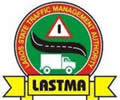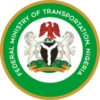NMT has been usually ignored by policymakers when defining transport plans, preferring fossil fuel based technologically driven motorized transport. This preference has orientated policies and actions leading to an unsafe and less attractive NMT.
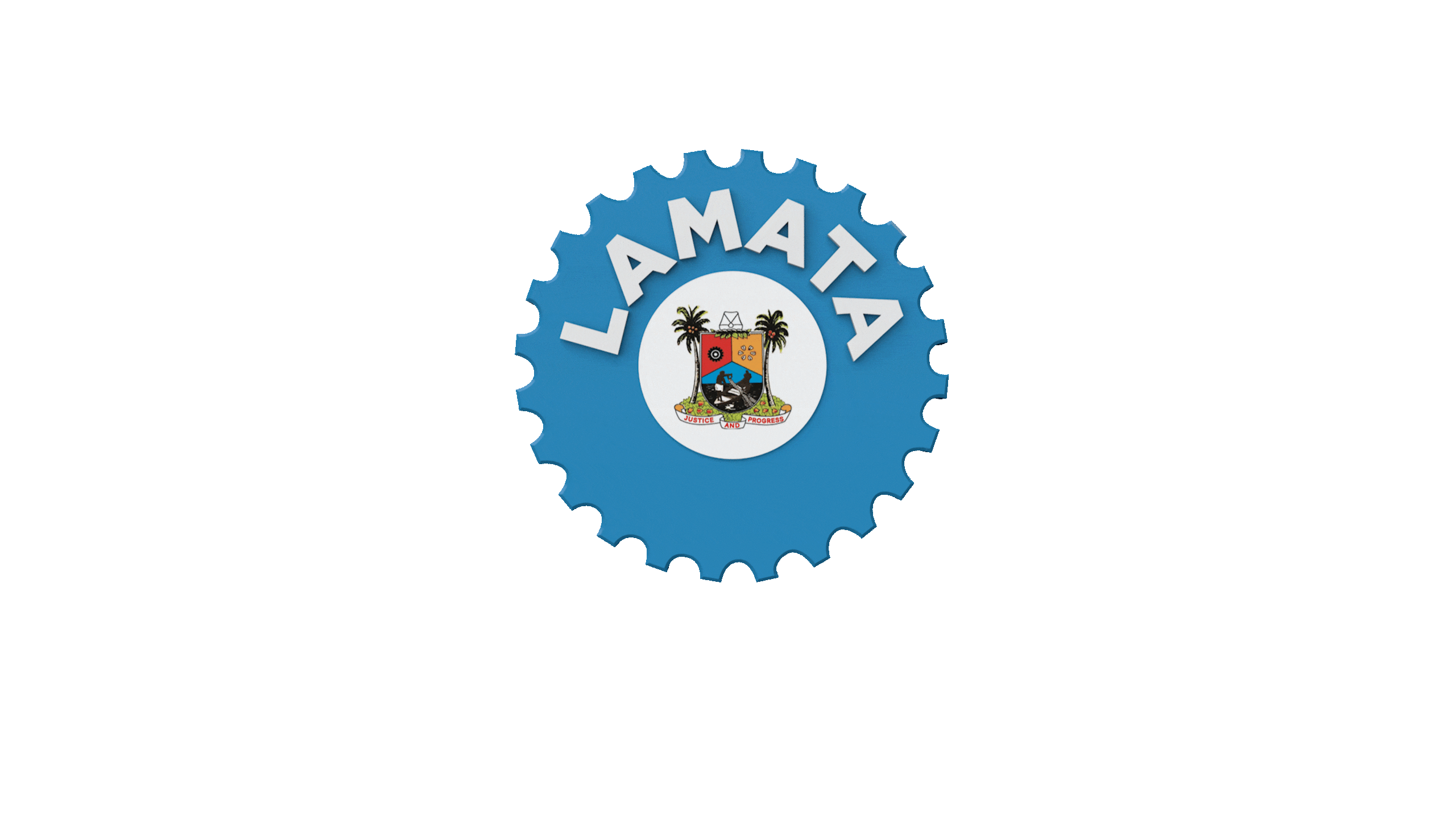

LAMATA partner with the German Agency for International Development (GIZ)
LAMATA in partnership with the German Agency for International Development (GIZ) Transformative Urban Mobility Initiative (TUMI) program and Walk21 Foundation based
in the United Kingdom, has implemented a sidewalk pilot project on Catholic Mission Street/Tafawa Balewa Square (TBS), Lagos. This is in consonance with the new Lagos NMT policy approved by Governor Babajide Sanwo-Olu. NMT prioritizes the movement of people (walking and cycling), rather than the movement of cars, through an infrastructure
Investment program focused on developing a continuous network of sidewalks and cycle lanes. The picture shows a section of the sidewalk project.
Non-Motorized Transport (NMT), mainly consists of two modes: walking and cycling.
The role of NMT in urban transportation systems can be described as follows:
NMT has been usually ignored by policymakers when defining transport plans, preferring fossil fuel based technologically driven motorized transport. This preference has orientated policies and actions leading to an unsafe and less attractive NMT.
Urban areas in African cities (and Lagos in particular), can improve working and living conditions through the NMT plans, not only because it represents an environmentally friendly and socially inclusive mode of transportation, but also because it represents a fundamental part of the urban transportation chain, particularly for access to public transportation modes and for modal interchange.
NMT is a key-element to the establishment of a sustainable transportation system, economically and environmentally, thereby facilitating the development of a multi-modal transportation system with adequate access to public transportation services. It also provides an effective connectivity between the different transportation modes and minimizes the environmental impact caused by motorized transportation.
Going forward, mobility planning should focus on people, not vehicles. Urgent steps are needed and are being taken to ensure more equitable allocation of road space by incorporating a focus on walking, cycling and public transport in the planning, design, managing and budgeting stages of transport projects. Towards this end, the Lagos Metropolitan Area Transport Authority (LAMATA) on behalf of the Lagos State Government (LSG) has initiated the process of creating a Non-Motorized Transport Policy to guide the implementation of transport systems that prioritise the needs of pedestrians and cyclists.
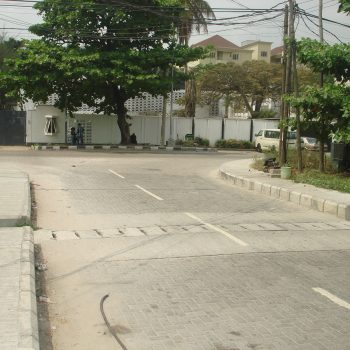
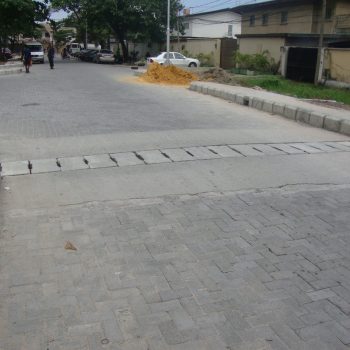
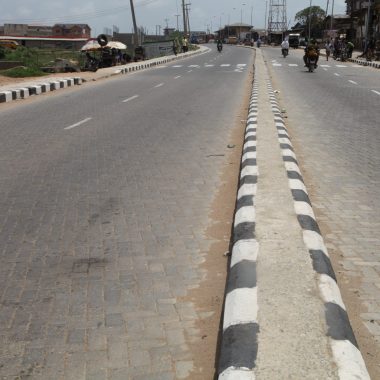
A NMT plan for Lagos has a notable value not only in the framework of current Strategic Transport Master Plan (STMP) Extension Project, but also a reference for other African cities as well as all mega cities in emerging economies.
Non-Motorized Transport, especially walking, is the most common form of mobility in Lagos, particularly for low-income households. According to the analysis of the fieldwork campaign undertaken for the current STMP Extension project, around 30% of Lagos’ mobility is on foot or by bicycle.
The interaction between pedestrian and motorized vehicles in Lagos is unplanned and dangerous. Indeed, there is no recognition for non-motorized means of transportation as there are a few segregated traffic facilities for pedestrians (such as walk ways, zebra crossings, footbridges, underpasses and signs) and no pathways for bicycle riders. As a result, pedestrians are frequently forced to walk on the carriageway sharing the same roadway with motorized transport, which implies a low level of road safety. This problem is worsened by the current problem of the road capacity and an absence of road hierarchy in most of the major areas of the city.
Furthermore, the use of junctions as non-regulated commercial areas (and un-regulated street trading in general) has been identified as one of the critical issues of Lagos urban mobility. The invasion of the little roadway available for pedestrians by this kind of activity presents a general problem in all of Lagos urban core. This problem becomes particularly apparent in areas such as Lagos Island, traditionally regarded as the commercial and financial hub of Lagos. Currently, Lagos Island is at a stage of urban decline with pedestrians bearing the brunt.
The lack of space for pedestrians is also a problem in Lagos public transportation network: There is no real provision for proper accessibility to bus stops/terminals, and an increasing number of traffic accidents involving pedestrians are being registered in relation to unsafe bus stops.



